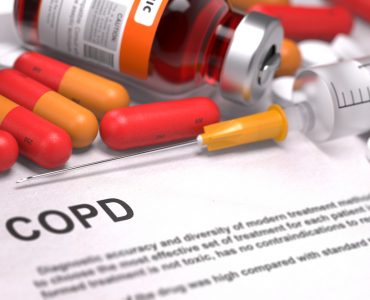Stretch marks are thin and streaky lines that arise on the skin’s surface. These are dark purple or red tone to start with, and fade into a lighter shiny white colour over time.
Skin structure
The human skin comprises of three layers mainly:
Epidermis – outermost layer which forms a protective sheath for the inside of the body
Dermis – middle layer which is tough and supportive and gives elasticity and firmness to the skin
Subcutis or hypodermis – inner layer which is made of connective tissue and fat.
The occurrence of stretch marks is in the dermis, in the event of considerable stretching of skin over a brief time period. The continuous stretching of the skin cases breaks in the dermis, through which the lower and deeper layers of skin can be sited as narrow streaks. This is what is referred to as stretch marks.
Stretch marks can develop very commonly in any individual. They are more often seen in women than in men and they occur mostly in abdomen, buttock and thigh region of the body. These usually appear on skin whenever there is a sudden stretching like during pregnancy or significant increase in weight or growth spurts during adolescence. In certain cases, underlying medical condition like Cushing’s syndrome can also cause symptomatic stretch marks. Cushing’s syndrome is a condition caused by over-production of steroid hormones and has symptoms such as hypertension, weight gain.
Symptoms
Stretch marks appear as dark red lines or streaks on the skin’s surface and have a somewhat raised feel to touch. Depending on the person’s skin tone, strain may look pink, dark brown or reddish brown. These marks change colour to blue or purple before they gradually flatten out. With the flattening, stretch marks start to fade and finally become few tones lighter than the original skin shade. Another point to notice is that these appear in badges of parallel lines and looks like scars with a thin layer of silvery skin cover. Over many years, stretch marks may fade and become hardly noticeable.
Stretch marks can occur wherever there is an unusual and significant stretching of skin. However, common places are those which have fat storage, such as buttocks, thighs, breasts, abdomen and upper arms.
Diagnosis
Stretch marks are medically harmless and one does not need medical intervention for these. However, if they are in large numbers and look unsightly, one can contact the GP for possible treatments. There is no guaranteed treatment or cure for stretch marks.
Before advising any treatments, your GP will examine the stretch marks and discuss any other symptoms that you might have or medications that you are taking. You must inform him if the occurrence of stretch marks cannot be associated with any sudden growth or weight gain. This will help him carry out further tests like blood and urine tests, X-rays or MRI scan to rule out presence of an underlying condition like cushing’s syndrome or marfan syndrome as discussed above.













